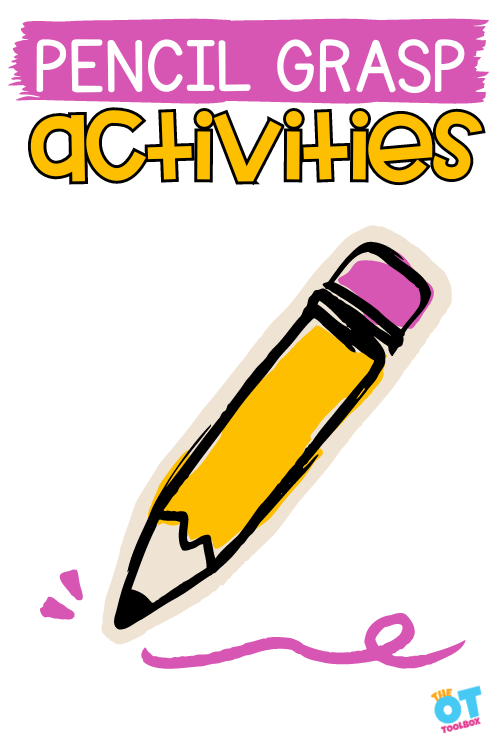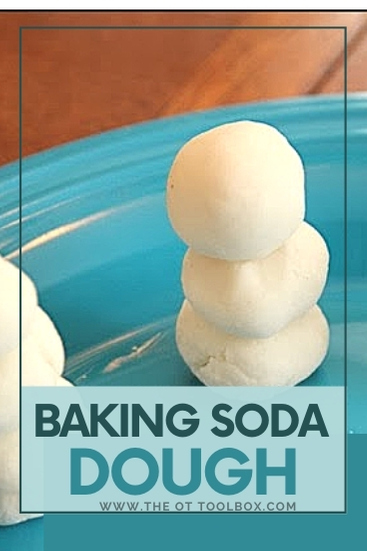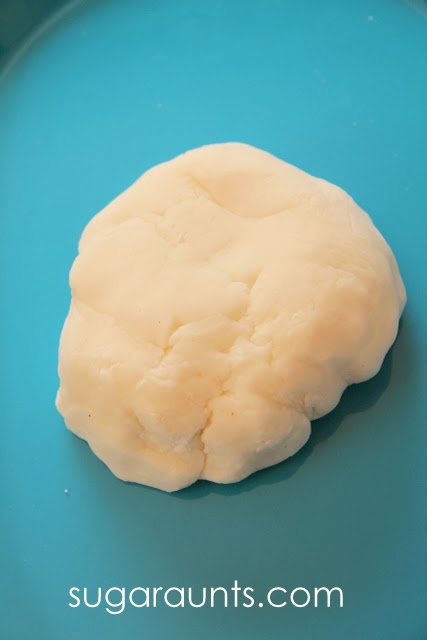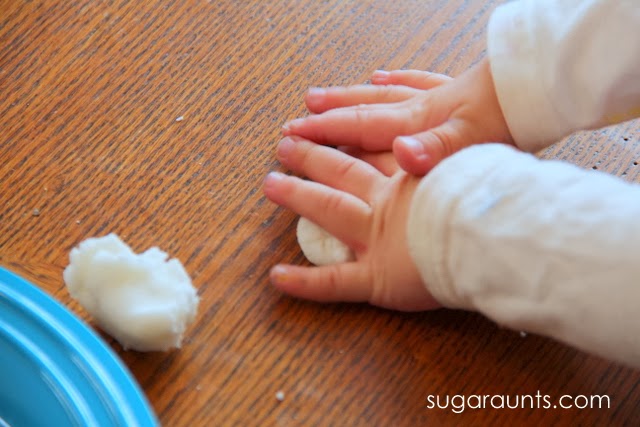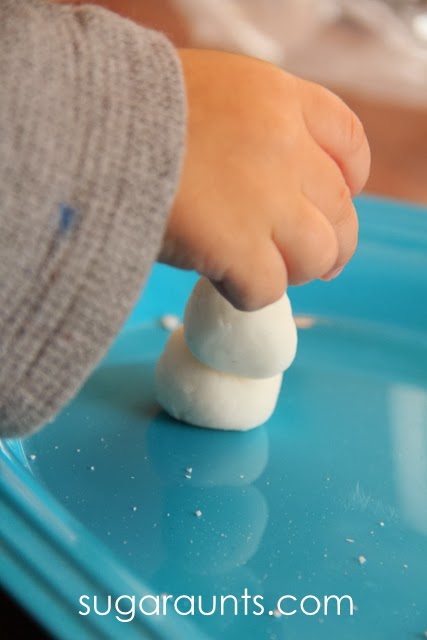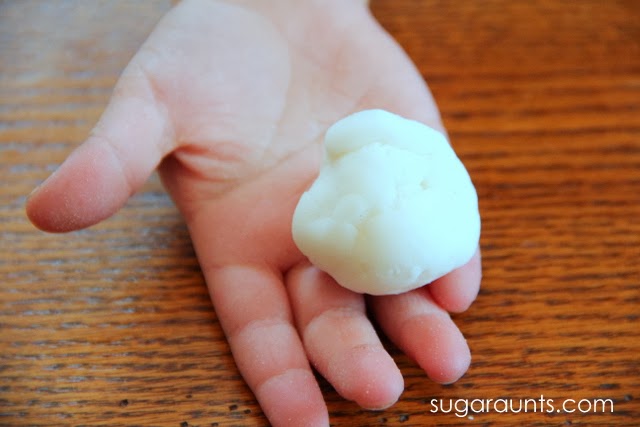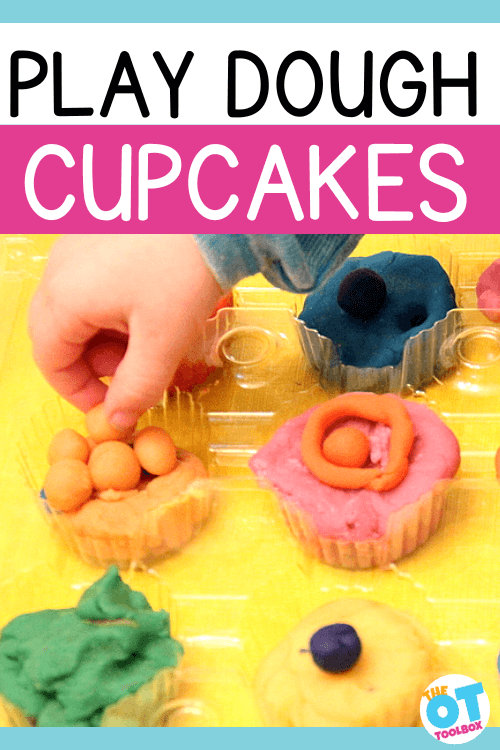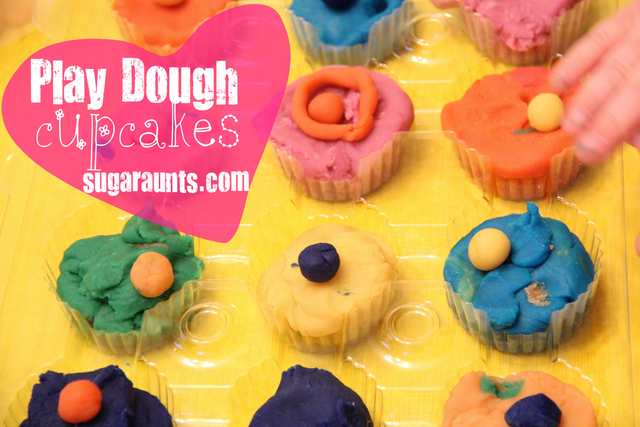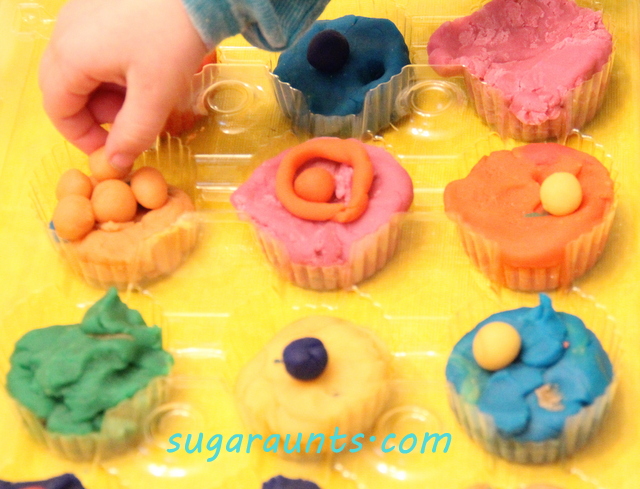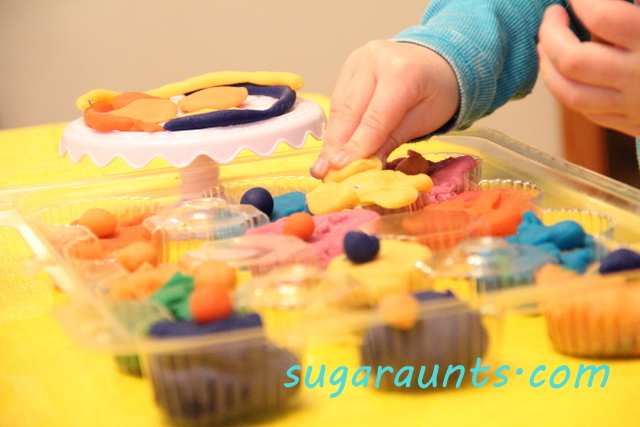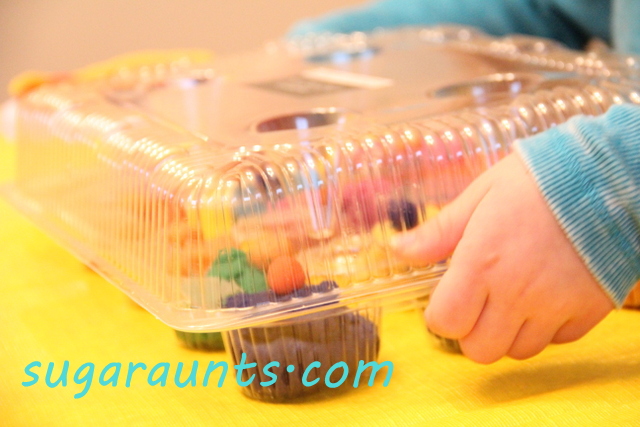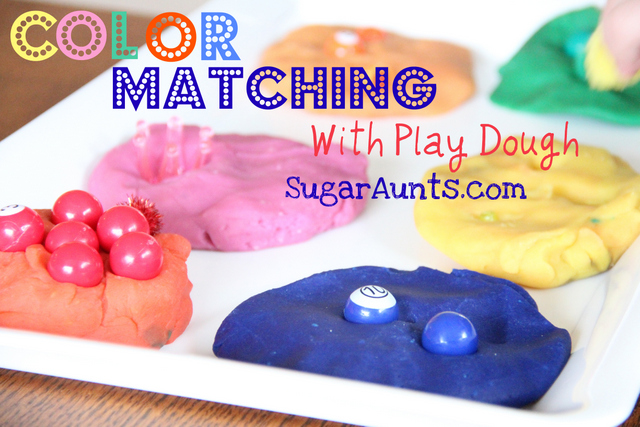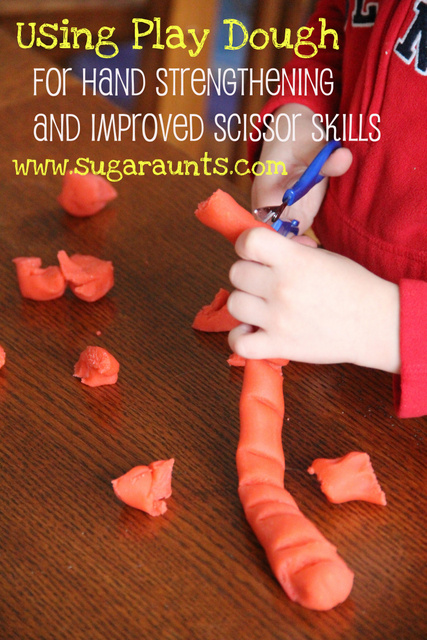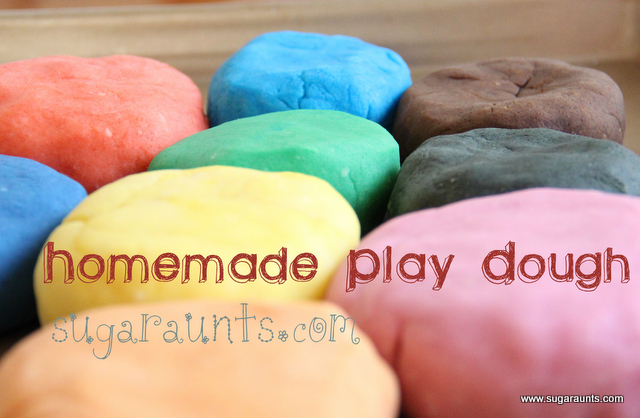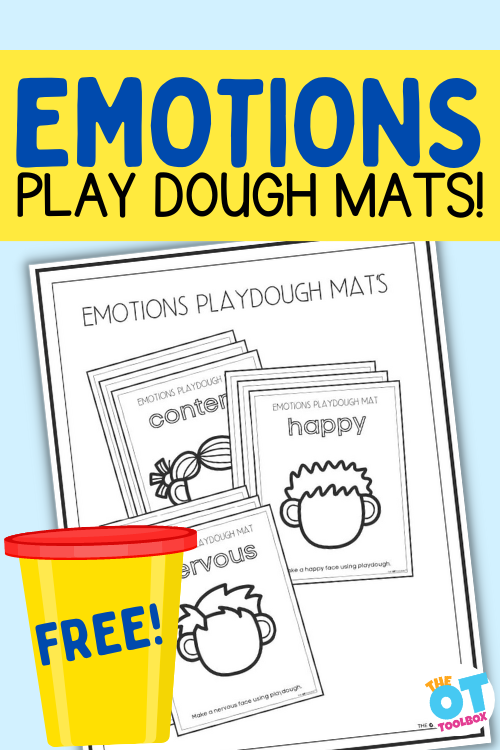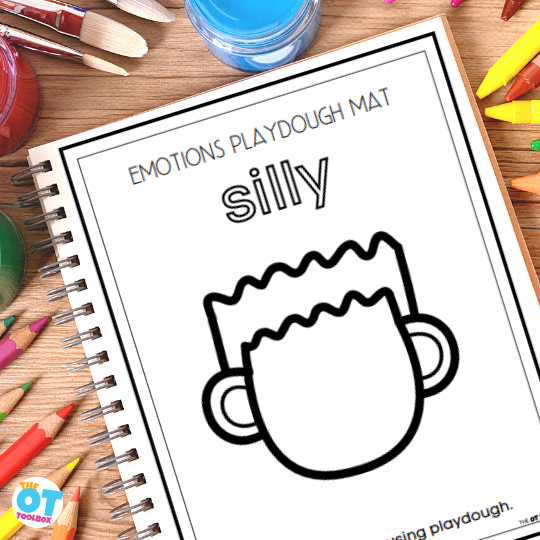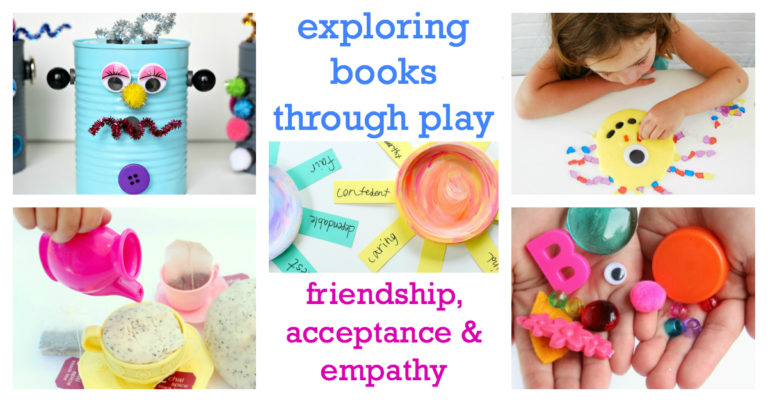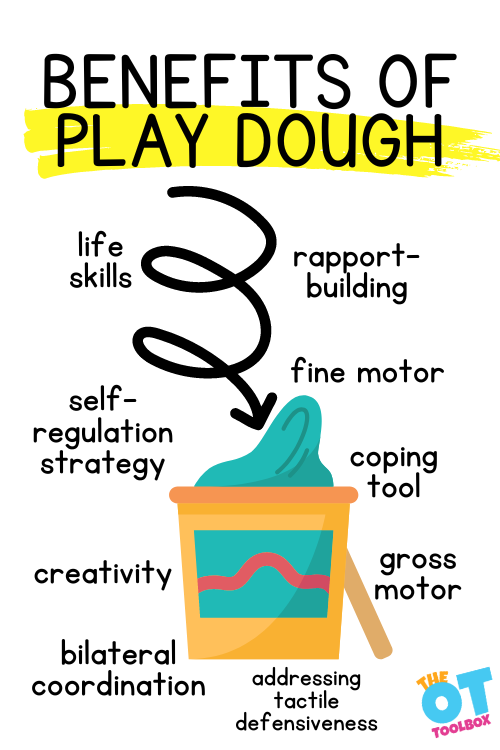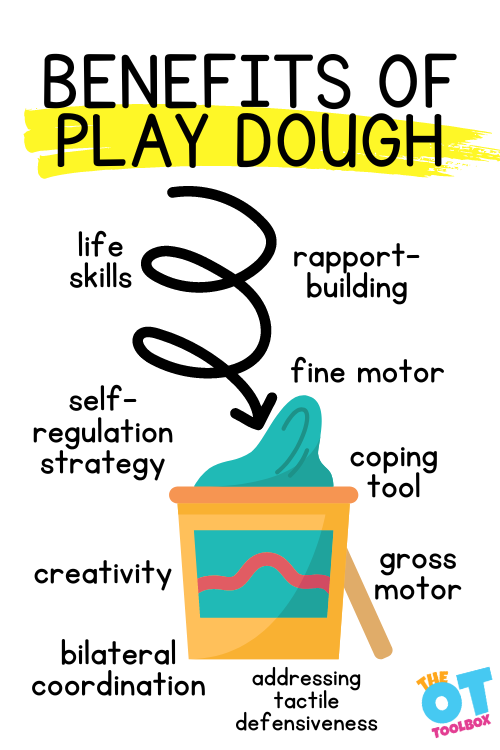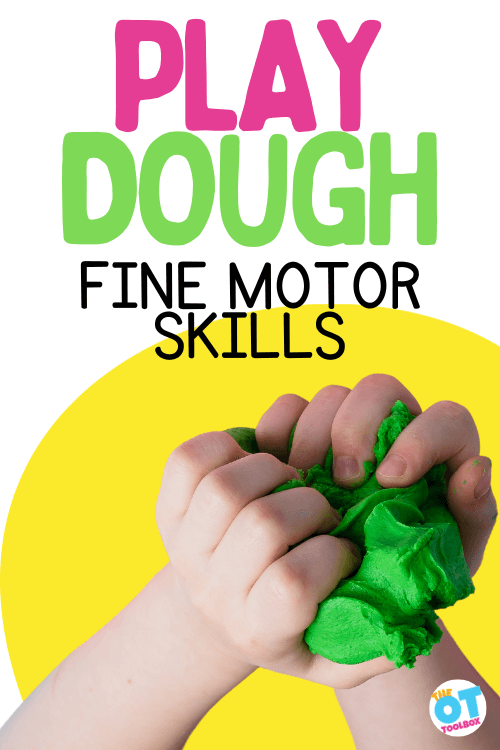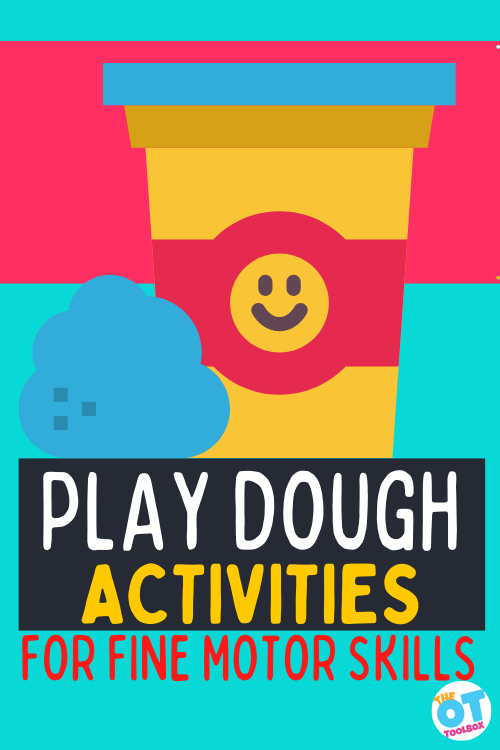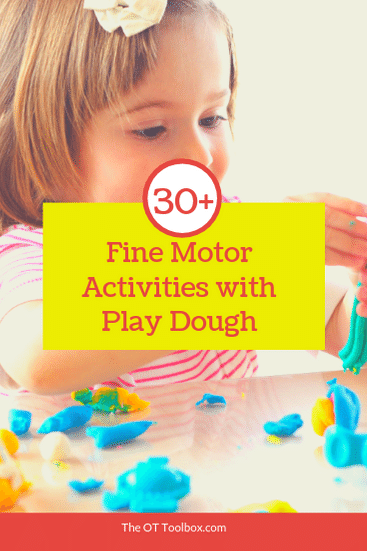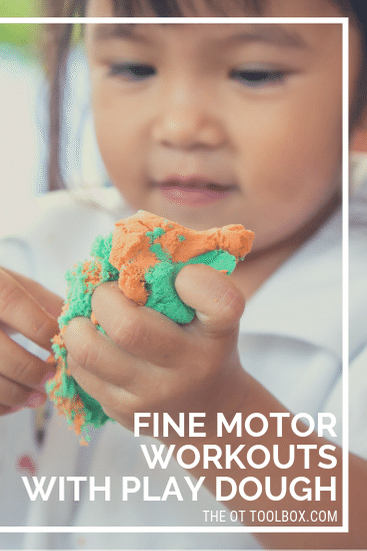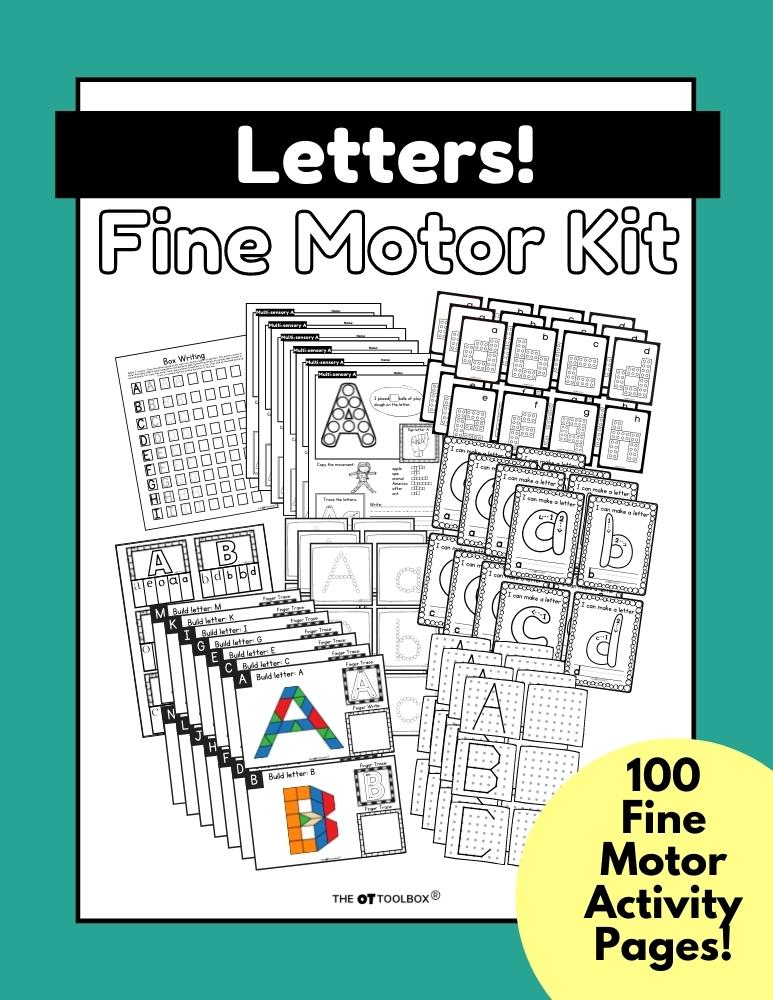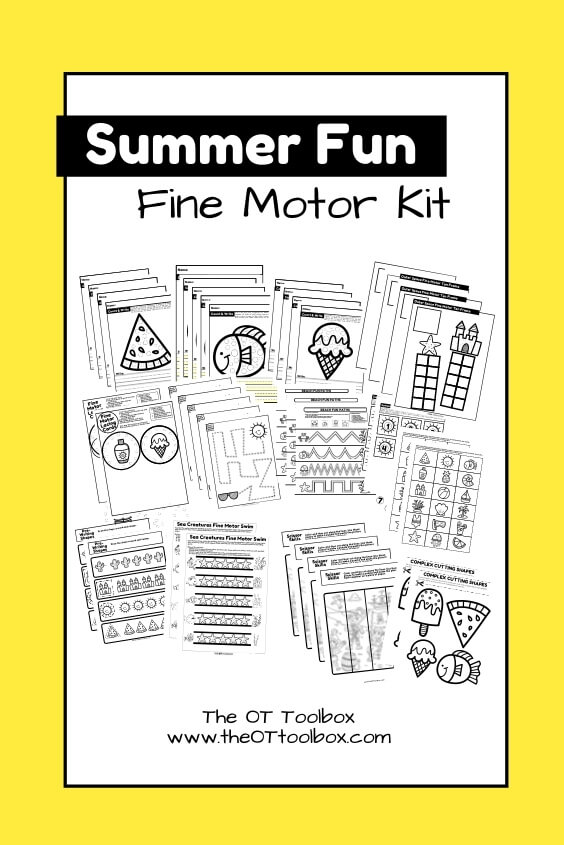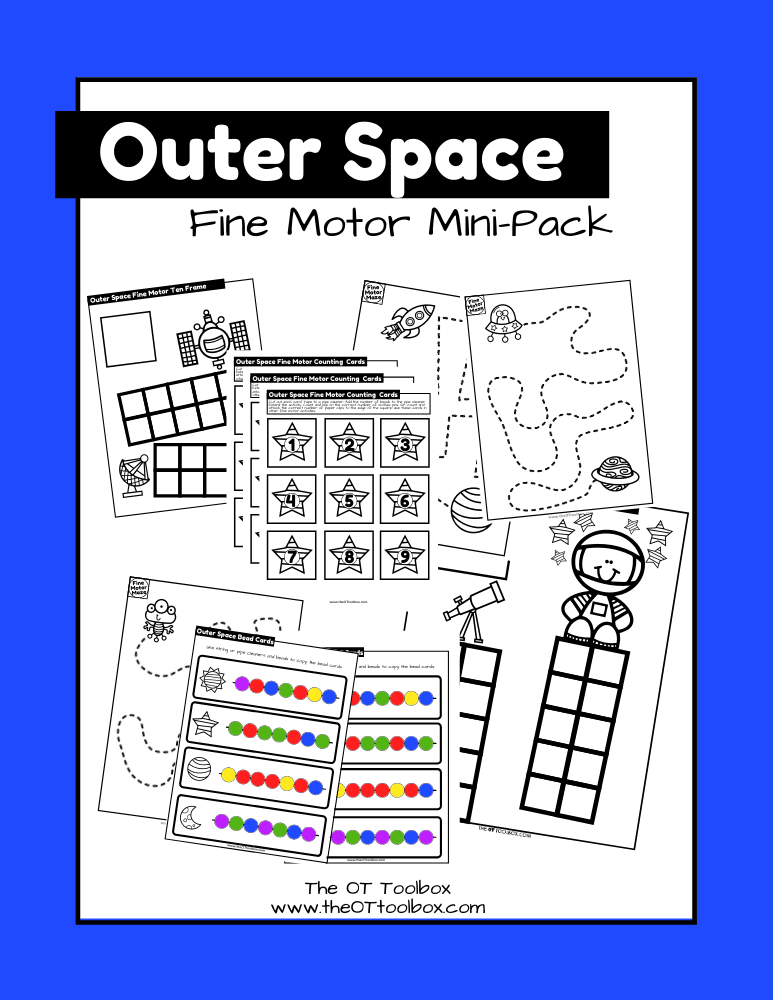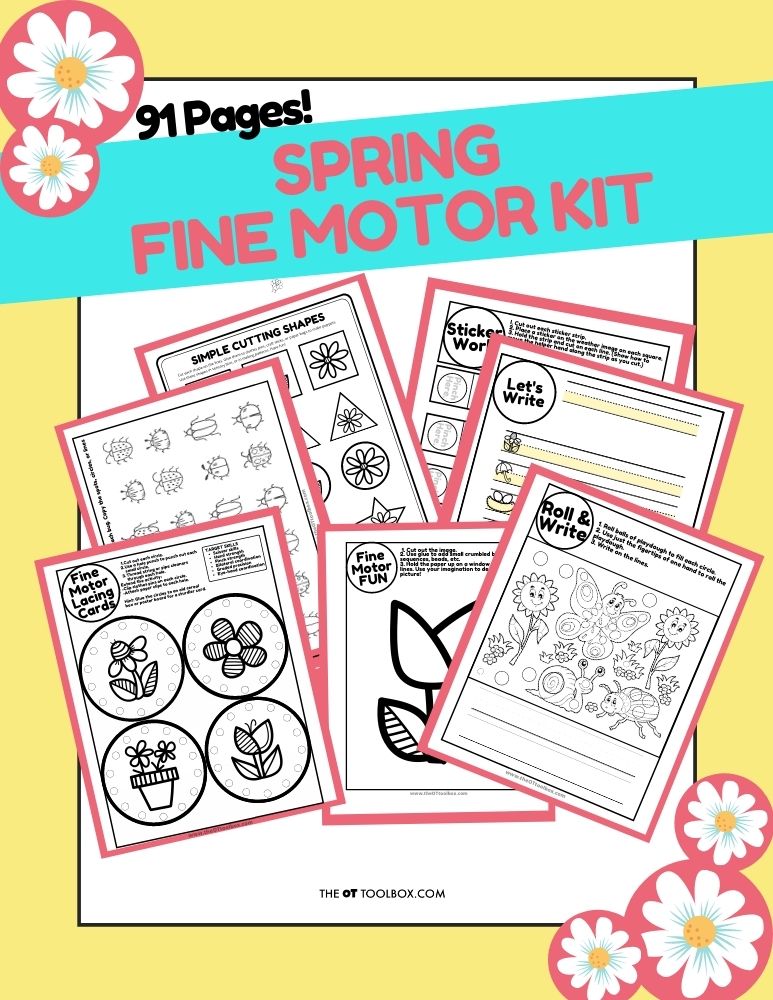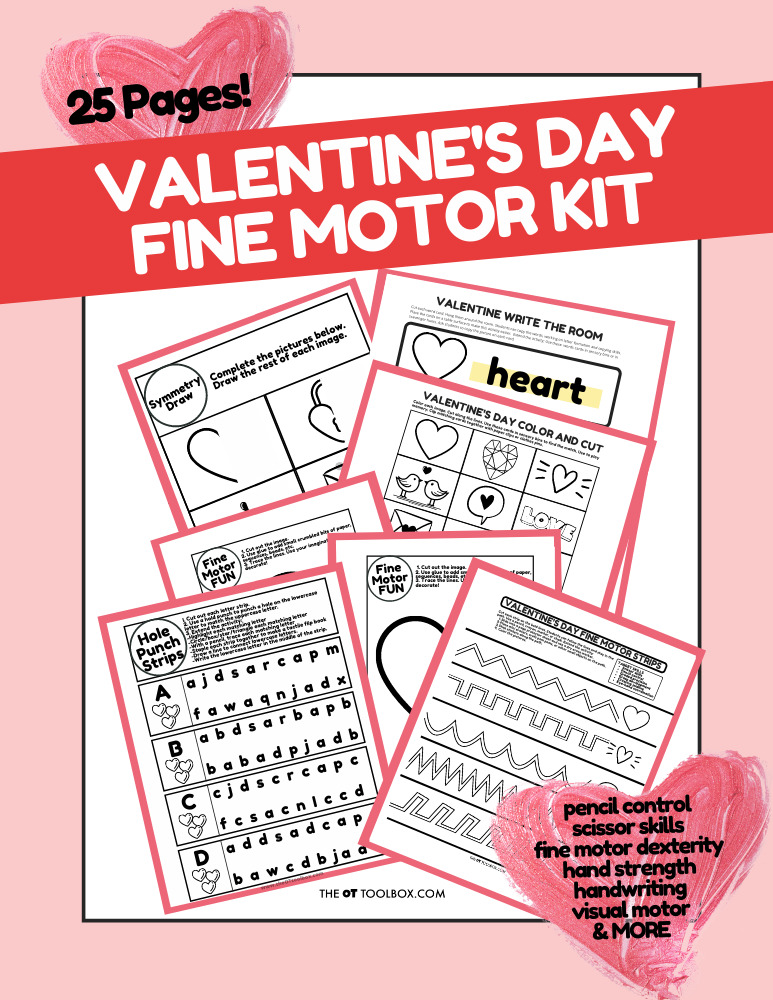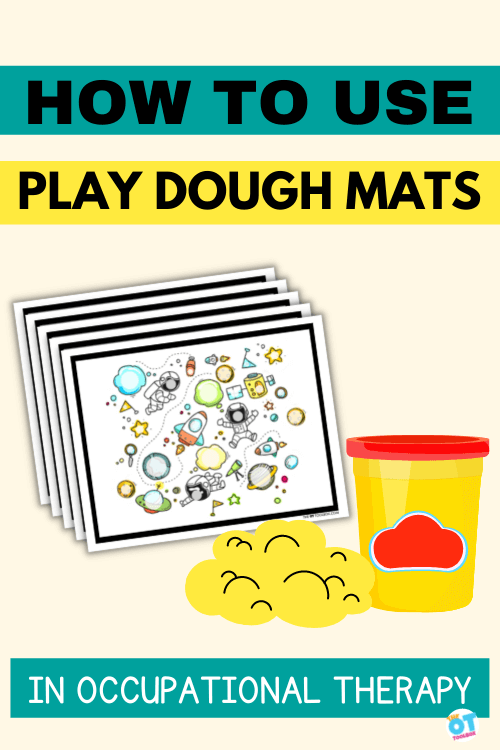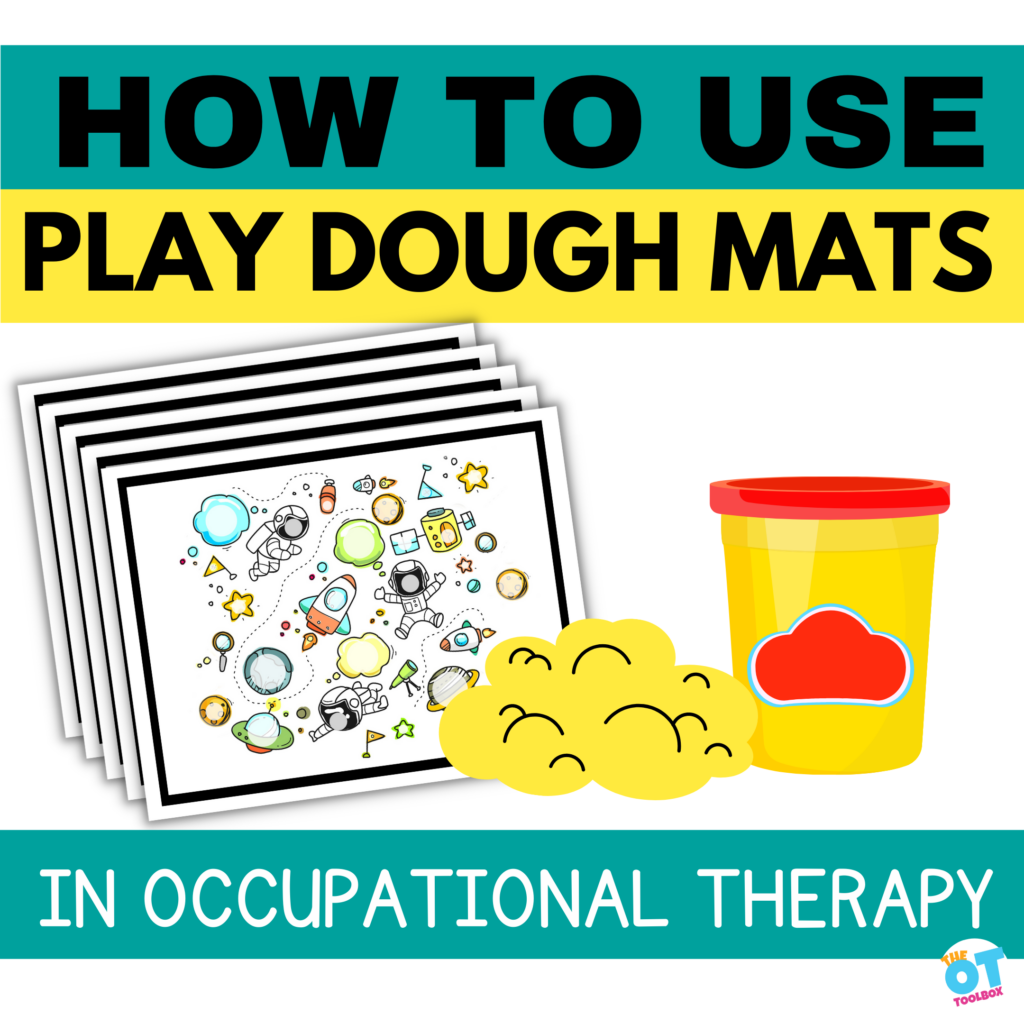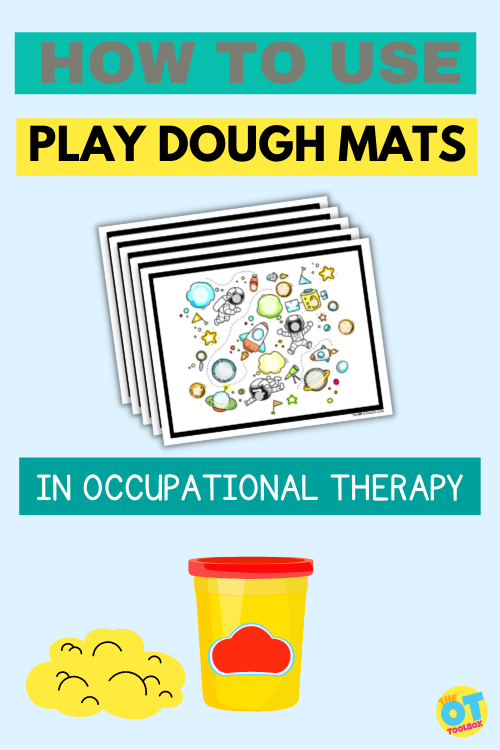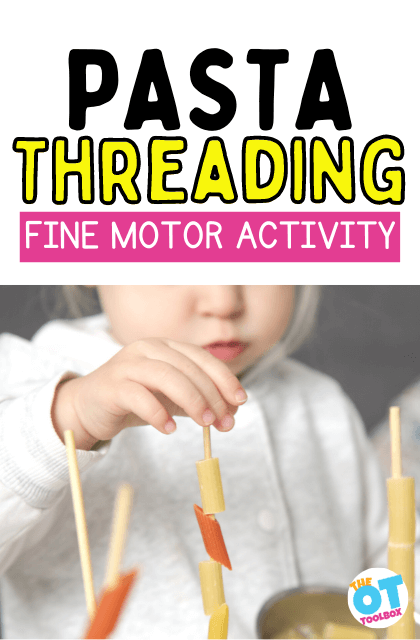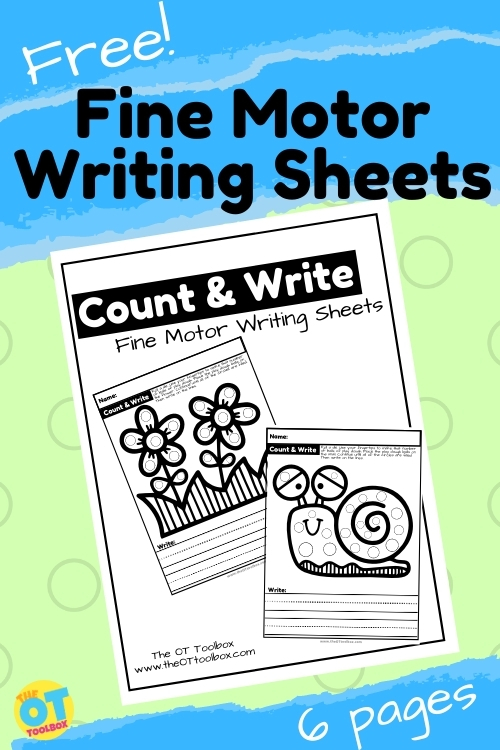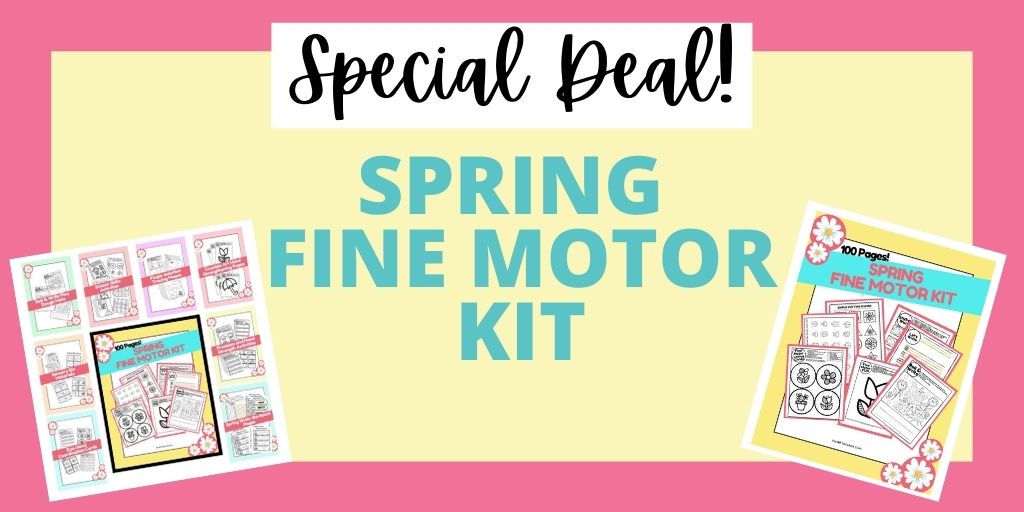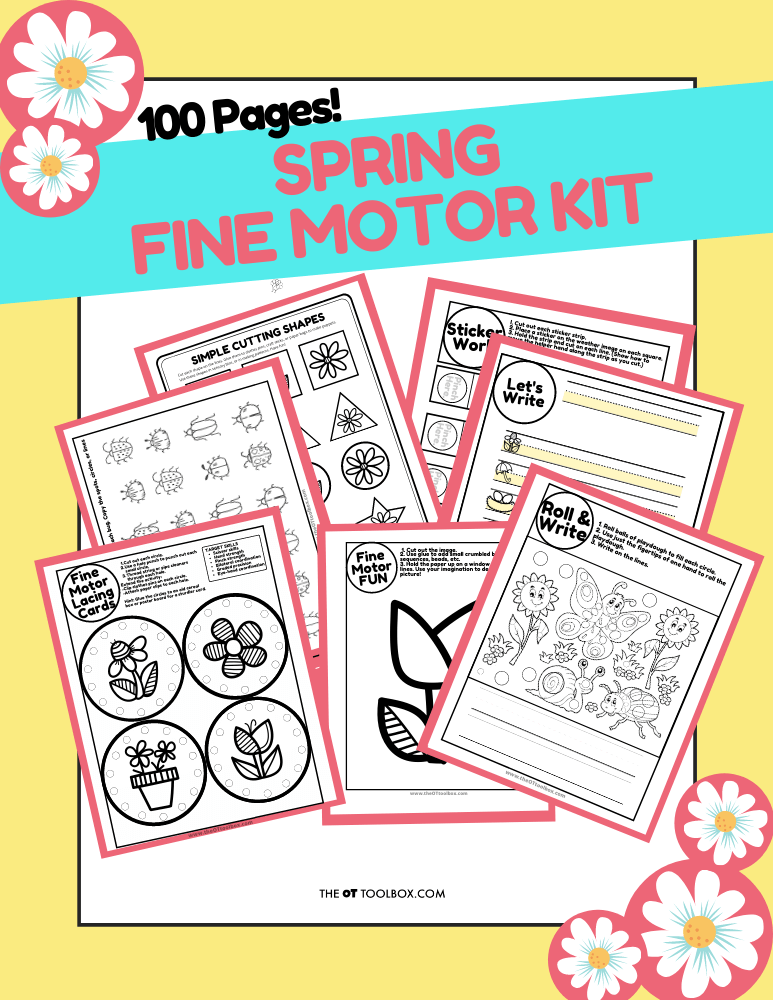Looking for winter fine motor activities that boost the skills kids need? These fine motor ideas develop the skills that kids need for tasks like handwriting, pencil grasp, cutting with scissors, managing clothing fasteners, and more. You’ll find winter activities that boost hand strength, grasp, precision and endurance in the hands…all through play! We’ve even got a winter fine motor kit, loaded with resources, activities, crafts, and no-prep materials designed to help kids develop fine motor skills. So scroll on!
First, stop by our fine motor skills library for tons of ideas to work on the motor skills kids need.
It has been fun sharing winter activities this week! If you missed any of the posts, be sure to check them out below. We’ve talked about indoor recess ideas for winter, brain break ideas, and activities to address bilateral coordination skills, and even mindfulness! You will have ideas for a season of development!
Check out the Winter Activities on the site this week:
Monday- Indoor Recess Ideas
Tuesday- Winter Brain Break Ideas
Wednesday- Winter Bilateral Coordination Activities
Thursday-Winter Mindfulness Activities (Be sure to check out these hibernation activities, too. They make a great calm down space!)
Friday- Winter Fine Motor Activities (TONS of Free Printables!)
Now on to today’s topic, fine motor activities!
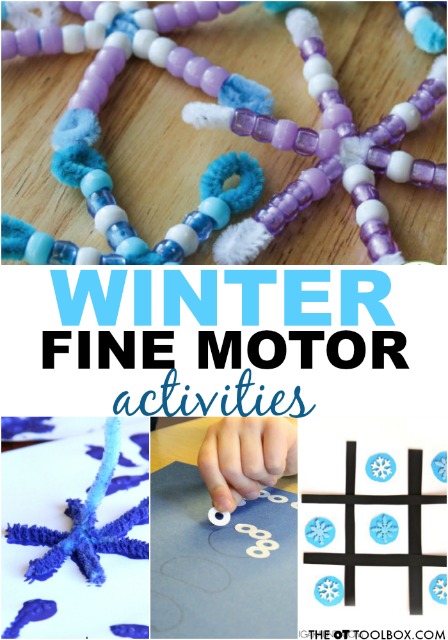
Winter fine motor activities are fun ways to build hand strength.
Winter Fine Motor Activities
Winter is a great time to work on fine motor skills. It’s so functional! You can help kids by getting those hands moving so they have the finger dexterity, pinch strength, and finger isolation to put on a pair of gloves.
You can address gross hand grasp, arch development, and bilateral coordination skills so kids can pull on a pair of boots. You can work on precision, separation of the sides of the hand, eye-hand coordination, and in-hand manipulation skills so kids can zipper and button winter coats. All of these are functional winter tasks!
We used those same hole reinforcer stickers to make a fine motor snowman craft that boosts skills like tip to tip precision, separation of the sides of the hand, and arch strength.
Many winter fine motor activities can be adjusted to meet the needs of the individual. For example, these snow globe letter puzzle cards can address fine motor skills to color and manipulate the cards. The winter-themed activity can be modified to meet the needs of the individual: using less or more cards, incorporating fine or gross motor input, and positioning the cards in different planes or surfaces to work on various levels of fine motor control. It’s just one more way to make therapy skills like fine motor dexterity fun with a winter theme!
Similarly, this snow globe deep breathing exercise can be modified to address fine motor skills. Ask users to point and trace the breathing lines to integrate finger isolation, separation of the sides of the hand, and eye-hand coordination. Then, they can “draw” the same shape on their palm using their finger to point as they breathe. It’s a bilateral coordination and fine motor task that addresses self-regulation, too.
Print off this mitten printable for fine motor skill work while developing other areas like eye-hand coordination, motor planning, precision, and more.
This winter clothing worksheet is focused on tracing numbers. But, this hands-on activity can address many fine motor skills, too. Ask kids to color the pictures. then, they can cut out each number strip to work on scissor skills. Then, ask them to write the winter clothing word. Finally, they can write the number to work on number formation skills. But what if you asked them to then roll the same number of play dough balls for each number? What a great way to work on hand strength. If you asked the child to place the correct number of mini erasers or coins on the table or in a slotted top, they can incorporate in-hand manipulation skills, too.
Another fine motor worksheet is our Also be sure to grab our new winter crossword puzzle. The printable can be used to support pencil control by circling words and individual letters. Or, use the end of a pencil as a stamp to stamp out the letters of the winter words for more fine motor fun.
This beaded snowflake craft from Early Learning Ideas encourages bilateral coordination, separation of the sides of the hand, precision, in-hand manipulation, and a tripod grasp…with pretty results!
Use paper hole reinforcers to improve precision and dexterity by forming letters and names like Fun-a-Day did.
If you’re looking for another craft idea, then this clothespin snowman craft uses a clothespin clip to really work the muscles of the hand. Move that snowman around and clip him onto bags, coats, and books!
If you’re looking for a fine motor activity for kindergarten kids, then this sight word tic tac toe game is the ticket! Kids can make the game pieces, and move them around to play a game of tic tac toe while strengthening skills like tip to tip grasp, arch development, separation of the sides of the hand, and finger isolation.
For more craft ideas that boost fine motor skills, check out all of these winter bird crafts. You’ll find ideas for strengthening the hands and other fine motor skills while making cute bird crafts, bird feeders, and other activities.
If working on scissor skills is a priority, a paper snowflake is the way to go this winter. But what if you took the paper snowflake up a notch by cutting cupcake liners? This cupcake liner paper snowflake activity boosts hand strength with a pretty result!
Working on pencil grasp? You don’t need a pencil! Make this snowflake stamp art and promote the fine motor skills that are needed for a functional grasp: separation of the sides of the hand, arch development, and an open thumb web space for example. This creative winter painting idea has a sensory component, too.
Winter Fine Motor Worksheets
Worksheets can get a bad rap. But, for the occupational therapy professional that thinks outside of the box, it is possible to use a printable tool to address hands-on skills like in-hand manipulation, separation of the sides of the hand, and more than just handwriting or scissor skills.
Some of our favorite winter worksheets include:
- Winter clothes worksheet
- Winter Number Tracing Worksheet
- Free Printable Mitten Paper
- Free Penguin I Spy Page
- Free Color and Count Winter Clothing Activity
- Free Winter Color By Letter Sheet
- Free Printable Hot Chocolate Craft
- Free Winter Visual Discrimination Sheet
- Free Arctic Animal Wordsearch
- Free Size Awareness Sheet
- Free Number Formation Worksheet
The Penguin Therapy Kit, the Snowman Therapy Kit, and the Winter Fine Motor Kit all include resources that address so many fine motor areas:
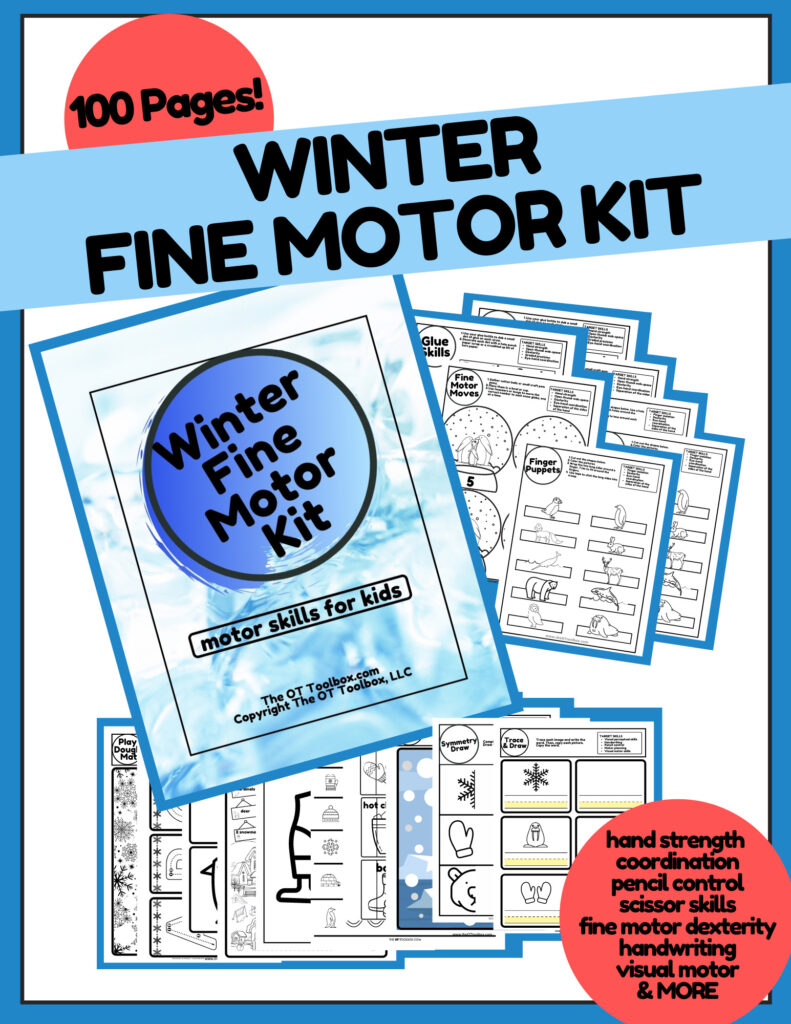
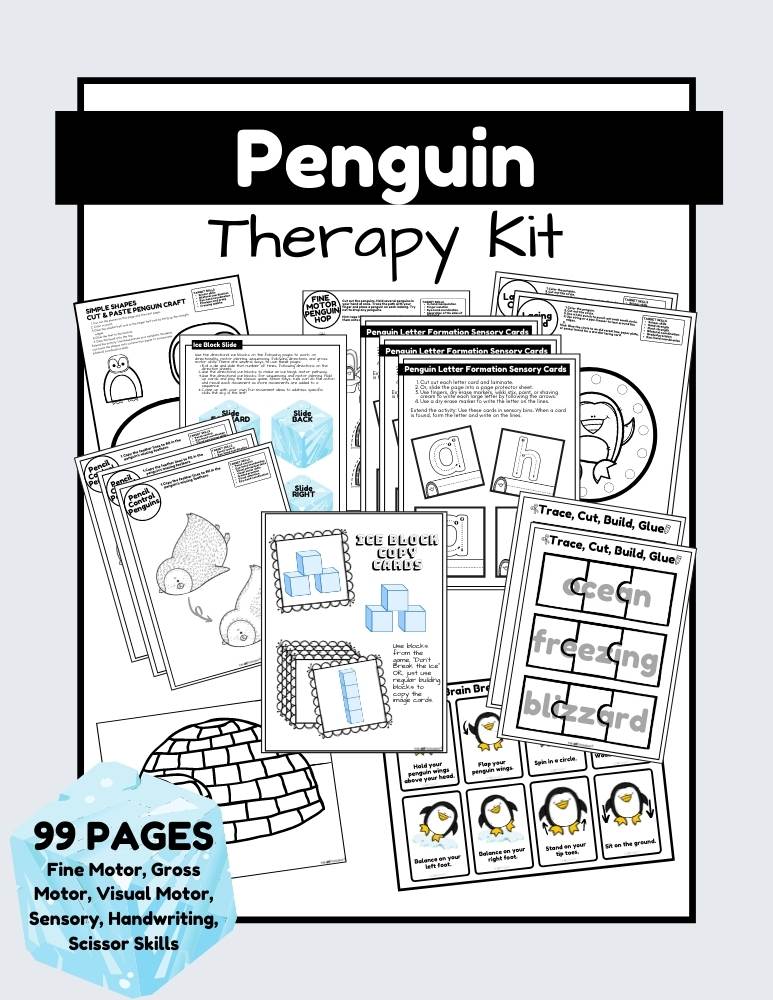

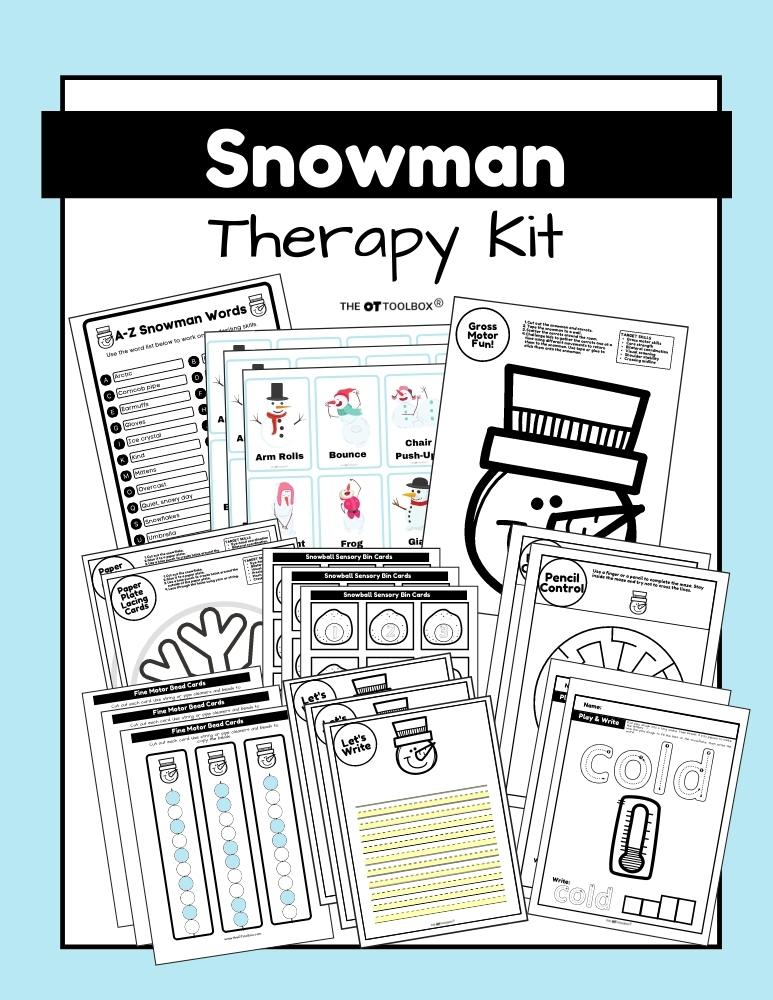

- dexterity
- hand strength
- in-hand manipulation
- separation of the sides of the hand
- finger isolation
- arch development
- finger opposition
- pinch and grip strength
- bilateral coordination
- wrist stability
- and more!
Print off the pages that you need and you’ll never run out of fresh fine motor activities this winter!
To end out the Winter Week here on The OT Toolbox, I wanted to create a fine motor worksheets that are a true resource during the winter months. These fine motor worksheets that cover a variety of different fine motor abilities:
These reproducible activity pages include: pencil control strips, scissor skills strips, simple and complex cutting shapes, lacing cards, toothpick precision art, crumble hand strengthening crafts, memory cards, coloring activities, and so much more.
Play Dough Roll Mats- We’ve shared some free play dough mats before. They are perfect for developing fine motor skills and hand strength needed for tasks like coloring with endurance, manipulating small items, and holding a pencil. Kids can roll small balls of play dough with just their fingertips to strengthen the intrinsic muscles. The Winter Fine Motor Kit contains 6 winter play dough mats that can be used all winter long!
Pinch and Grip Strength Activities- Includes: glue skills page, tong/tweezer activities, lacing cards, finger puppets, 1-10 counting clip cards, 10 toothpick art pages, find & color page, 5 crumble art pages. TARGET SKILLS: Precision, pinch and grip hand strength, tripod grasp, arch development, bilateral coordination, open thumb web-space.
Pencil Control Worksheets- Connect the arctic animals or winter items and stay on the pencil path lines while mastering pencil control. Some of the lines are small and are a great way to strengthen the hands, too.
Arctic Animal Cutting Strips and Scissor Skills Sheets- Work on scissor skills to cut along lines to reach the arctic animal friends or snowflakes, snowmen, and mittens. This is a great way to strengthen the motor and visual skills needed for cutting with scissors. Also included are 7 scissor skills strips with graded precision designed for data collection and accuracy development, 2 color & cut memory cards, 4 pages simple cutting shapes in small/med/large sizes, 3 pages complex cutting shapes in small/med/large sizes, 2 small and 2 large cutting skills puzzles. These worksheets help kids develop graded scissor skill accuracy and precision, visual perceptual skills, eye-hand coordination, crossing midline, bilateral coordination.
Handwriting Sensory Bin Materials- You and the kiddos will love these A-Z uppercase and lowercase tracing cards with directional arrows, 1-10 tracing cards with directional arrows, 1-10 counting cards. Using the sensory bin materials can develop tactile handwriting, letter and number formation, finger isolation, crossing midline, sensory challenges.
“I Spy” Modified Paper- Includes: Color and find objects in two themes: winter items and arctic animals; 3 styles of modified paper for each theme: single rule bold lines, double rule bold lines, highlighted double rule. Use these pages to develop handwriting, pencil control, line and spatial awareness, legibility, visual perceptual skills, visual memory.
Fine Motor Handwriting Sheets- Try the 4 Find/Color/Copy pages in different styles of modified paper, rainbow writing pages in 3 styles of modified paper. These handwriting worksheets use the winter theme to help with handwriting, visual perception, pencil control, visual memory, visual attention, precision, pencil control, functional handwriting.
Write the Room Activities- Using a winter theme, these Write the Toom cards includes: 5 lowercase copy cards, 5 uppercase copy cards, 5 lowercase tracing cards, 5 uppercase copy cards, 6 cursive writing copy cards, 2 styles of writing pages. TARGET SKILLS: Letter formation, pencil control, visual motor skills, visual attention, visual memory, line placement, functional handwriting at all levels and stages.
Get the Winter Fine Motor Kit Here.
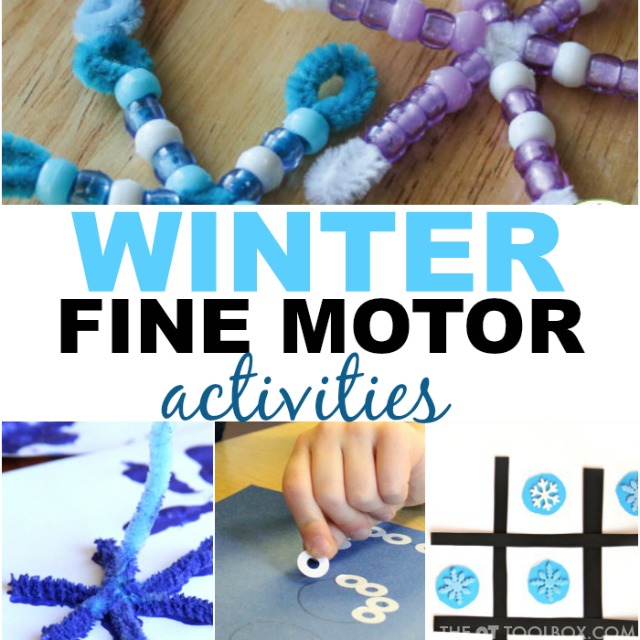

Free Winter Fine Motor Set
Today, we have a fun fine motor activity set to build fine motor strength, dexterity, and coordination skills. It’s an Arctic Animal Fine Motor set that includes play dough or coloring mats and handwriting pages right on the same page, all with a Winter arctic animal theme.
This item is also found inside our Membership Club.





Colleen Beck, OTR/L has been an occupational therapist since 2000, working in school-based, hand therapy, outpatient peds, EI, and SNF. Colleen created The OT Toolbox to inspire therapists, teachers, and parents with easy and fun tools to help children thrive. Read her story about going from an OT making $3/hour (after paying for kids’ childcare) to a full-time OT resource creator for millions of readers. Want to collaborate? Send an email to contact@theottoolbox.com.

